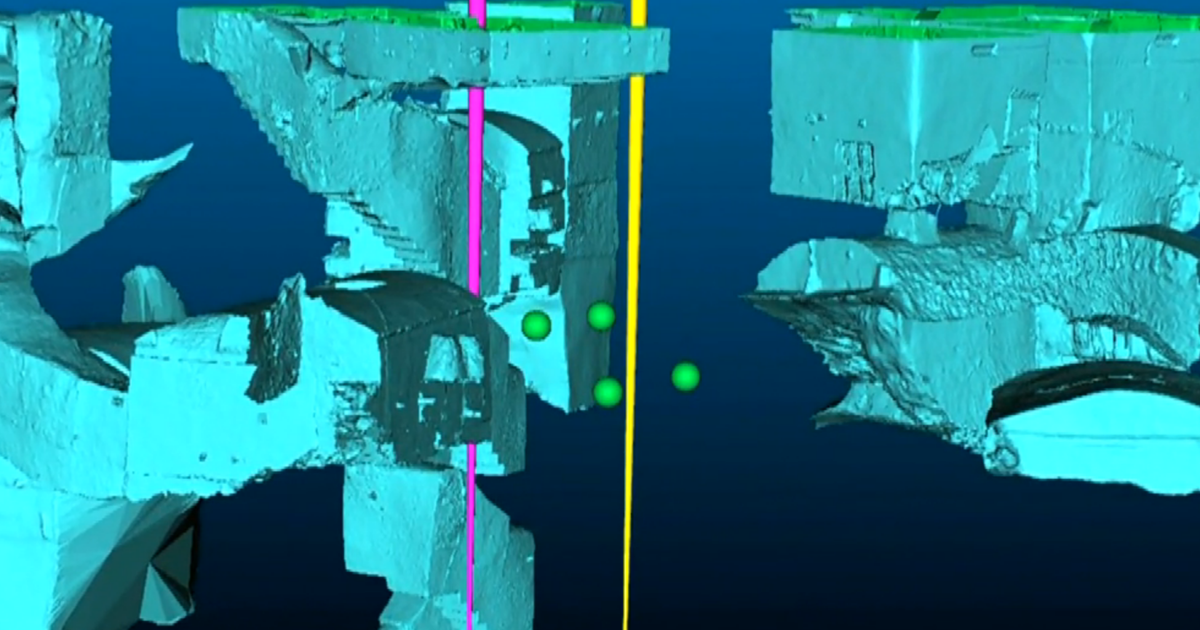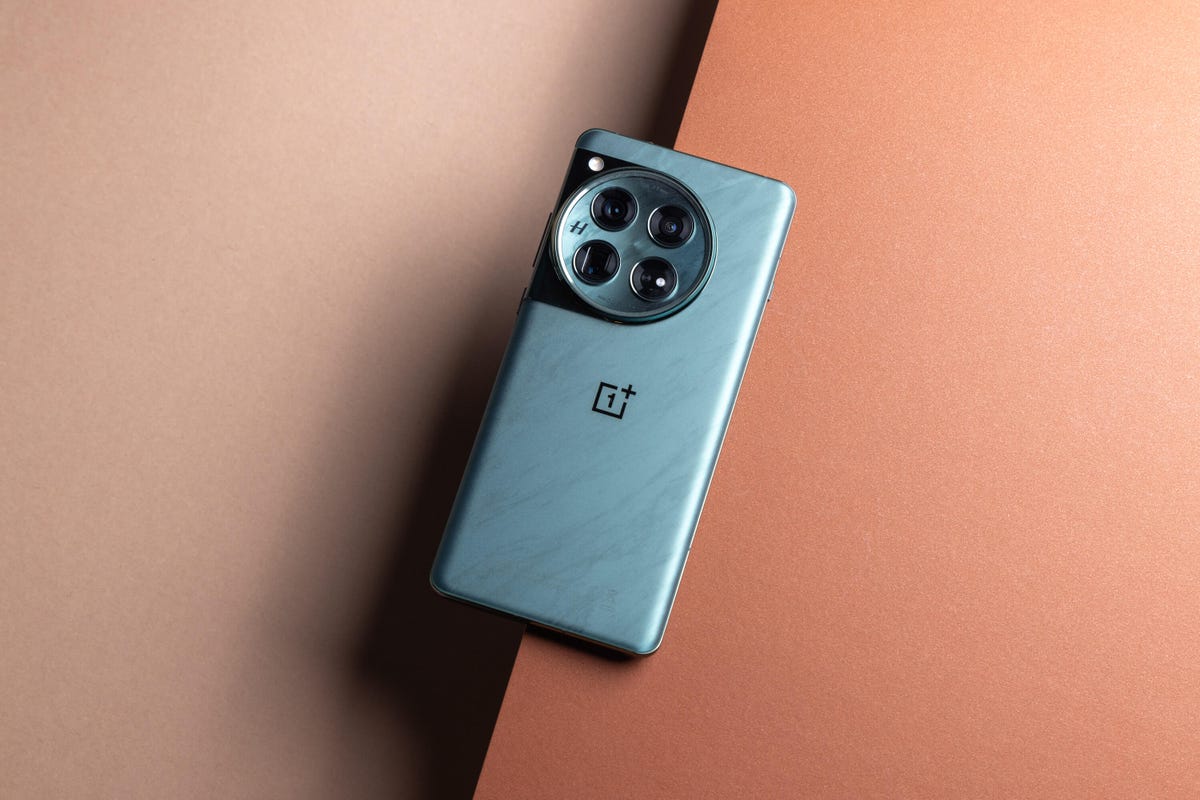
Unveiling History: Particle Physics Meets Archaeology
What’s going on here?
In Naples, Italy, archaeologists and particle physicists are collaborating to revolutionize the study of ancient sites. Using new particle detector technology, which can be likened to a household microwave in size, researchers like Valeri Tioukov are able to see through solid rock and potentially discover hidden chambers without the need for excavation. This method involves tracking muons, cosmic rays from the Big Bang, to create detailed three-dimensional models of previously inaccessible areas, such as a hidden burial chamber dating back roughly 2,300 years that was recently revealed. This technology, which operates similarly to radiography, is facilitating breakthroughs in archaeological exploration, allowing for the discovery of new historical insights without the physical intrusion of traditional digging methods.
What does this mean?
The application of particle physics in archaeology, specifically through the use of muon detectors, is opening up new avenues for exploration and discovery. By counting and tracking muons as they pass through structures, researchers can determine the density of a site’s internal spaces, enabling them to unveil hidden chambers and other archaeological features without the destructive impacts of excavation. This technology not only enriches our understanding of ancient civilizations by revealing their undisturbed remains but also demonstrates a significant intersection of science and humanities, where physical science methods are applied to historical and cultural studies. The potential for this technology extends beyond archaeology, as noted by Professor Giovanni De Lellis, indicating possible applications in fields such as medical imaging and volcanology.
Why should I care?
The integration of muon detector technology into archaeological practices represents a significant leap forward in how we explore and understand our past. It showcases an innovative application of science, allowing us to uncover and document ancient sites in ways that were previously unimaginable. This approach has the potential to significantly reduce the physical impact on historical sites, preserving their integrity while still unlocking their secrets. Beyond the immediate benefits to archaeology and history, the broader implications of this technology hint at transformative possibilities in other disciplines, such as the non-invasive treatment of cancer and exploring geological structures beneath the Earth’s surface. The use of muon radiography is a testament to the advancing boundary of human knowledge and the potential for interdisciplinary innovation to address complex challenges and mysteries across various fields.
For more information, check out the original article here.




